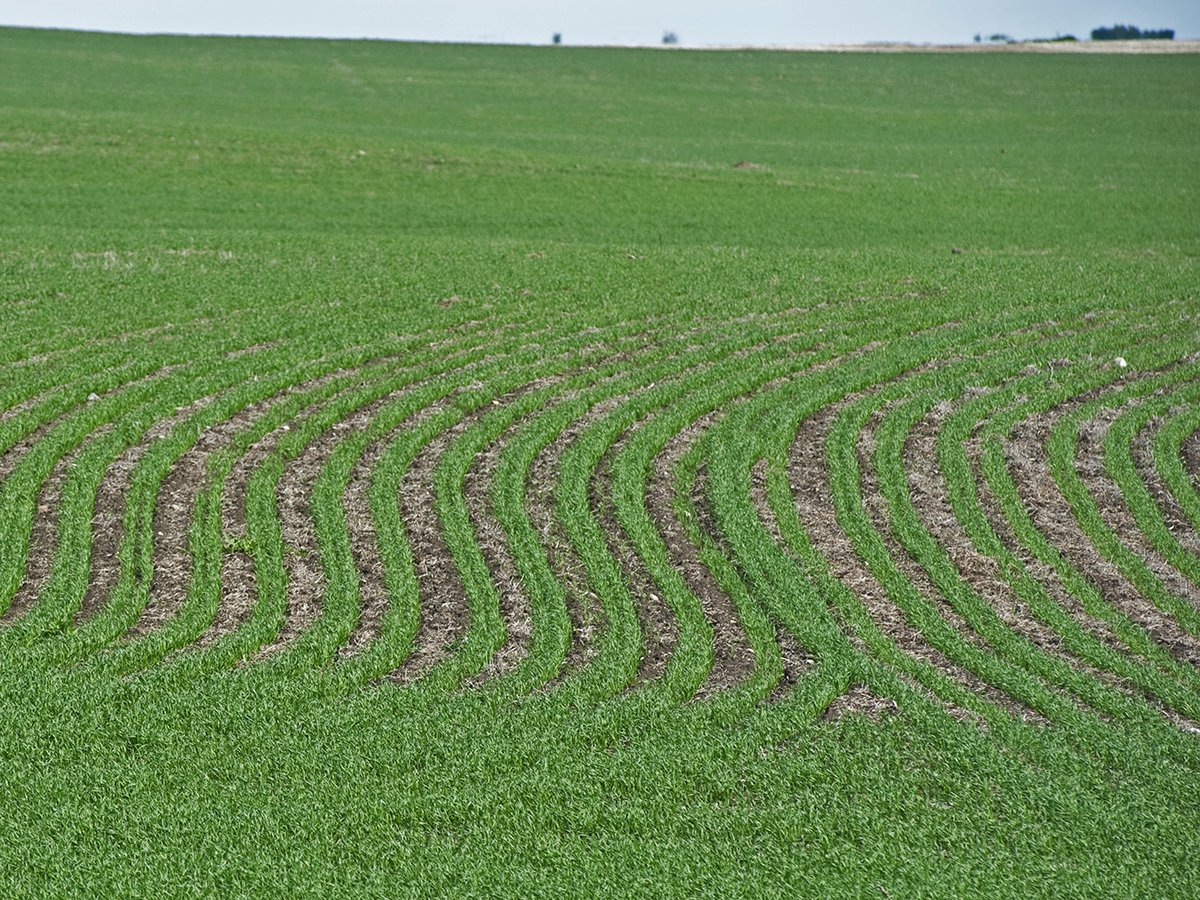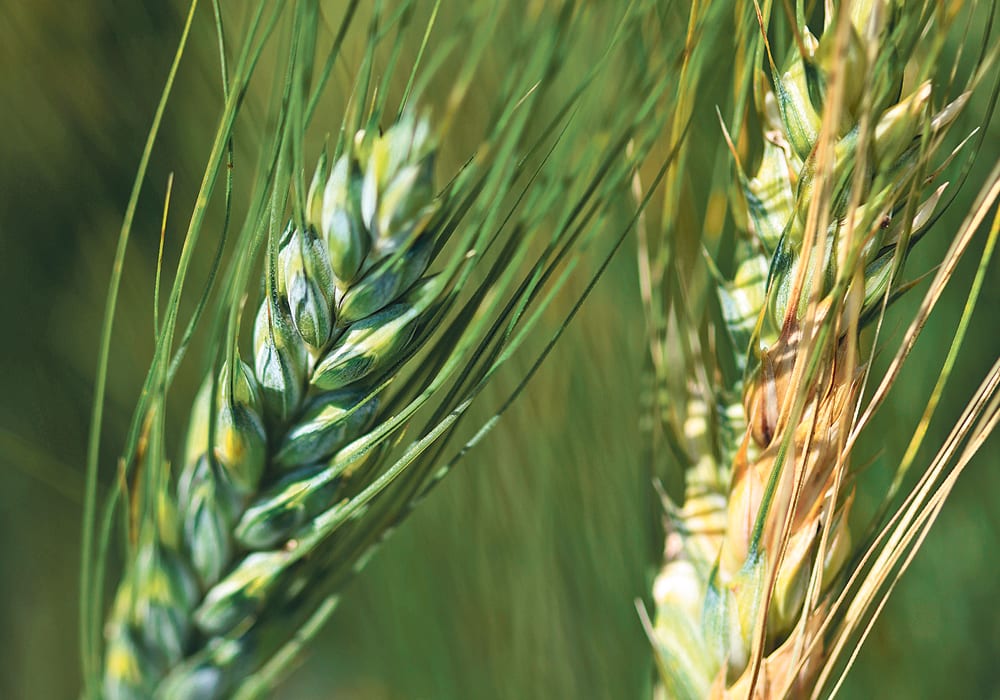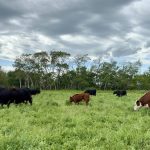Soggy weather in parts of Alberta and Saskatchewan have increased the risk of fusarium head blight (FHB) infection in wheat and barley crops.
It’s a year when the risk management tool available through the Alberta Climate Information Service might be particularly handy, said Alberta Agriculture crop pathologist Michael Harding.
“Things are lining up for a potential fusarium head blight risk so people just need to be aware of what the risks are in their specific locations.”
Rainfall across the south on the weekend and further precipitation in the forecast this week could favour FHB development, particularly in crop varieties without good resistance.
Read Also

Rented farmland jumps 3.4 million acres in Saskatchewan and Alberta
Farmland rented or leased in the two provinces went from 25.7 million acres in 2011 to 29.1 million in 2021, says Census of Agriculture data.
If the signs of FHB are evident, it’s already too late to take action, Harding said.
Fungicide spraying is the last tool in the arsenal but is available if needed.
Harding noted wheat and barley crop proximity to cornfields is risk factor because corn is a FHB host. Putting durum into corn stubble, for example, is a high-risk endeavour.
Parts of Alberta have seen three years of relatively dry conditions and low incidence of head blight.
“I think this is potentially a year that the disease can really respond to what the environment is doing, and so it’s important for growers to be on alert and don’t think that fusarium has gone away.”
On another crop disease front, stripe rust has appeared in several winter wheat fields in the counties of Grande Prairie and Lethbridge.
“Farmers in these regions should be on the lookout for stripe rust in wheat. Special focus should be on wheat fields seeded to varieties rated as susceptible or moderately susceptible,” said a report from Agriculture Canada research scientist Kelly Turkington.
The Prairie Crop Disease Monitoring Network indicated wind trajectories from the U.S. Pacific Northwest may have brought spores into the Prairies, although as of June 22 only low to moderate levels of the disease had been reported in the U.S.
Unfortunately stripe rust thrives in the cooler conditions that were forecast in southern prairie regions this week.
Careful scouting is advised and fungicide spraying might be necessary if the tell-tale striping is found on more than a few plants per sq. metre.
















